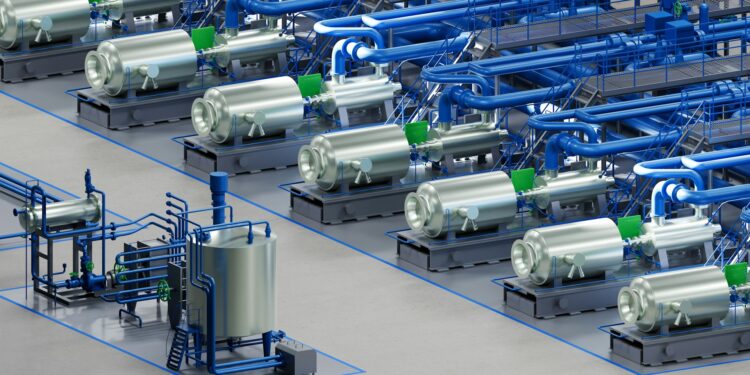Since Brexit, businesses operating industrial logistics across the UK-EU border have been navigating a much-altered regulatory landscape. For firms involved in lift and shift projects, including the relocation of heavy equipment, factory dismantling, and technical lifting, the divergence between UK and EU standards has created both practical and legal challenges.
Whether moving plant machinery from Manchester to Munich or decommissioning a production line from Rotterdam to Reading, understanding the evolving regulatory environment is essential to avoid delays, fines, or compliance breaches.
Understanding Lift and Shift in a Cross-Border Context
“Lift and shift” refers to the process of relocating large-scale industrial machinery or entire factory setups, often involving specialised lifting equipment, disassembly, transportation, and reassembly. These projects require careful coordination, risk assessment, and adherence to safety regulations, many of which now differ depending on which side of the Channel you’re on.
Before Brexit, UK and EU businesses operated under the same regulatory framework, with shared standards such as CE marking, common safety standards, and unified labour and driver regulations. Post-Brexit, however, things have changed.
Differences in Equipment Standards
CE Mark vs UKCA Mark
One of the most significant post-Brexit changes relates to product conformity. In the EU, industrial equipment must carry the CE mark, while the UK now requires the UKCA (UK Conformity Assessed) mark for products placed on the British market.
For lift and shift operators, this means:
- Machinery manufactured in the UK may not automatically comply with EU requirements unless dual-certified.
- Equipment being relocated from the EU to the UK must meet UKCA standards, unless under specific exemptions or transitional arrangements.
To avoid issues during relocation projects, it’s essential to verify that all equipment meets the relevant conformity marking before it undergoes cross-border movement.
Health and Safety Frameworks
Divergence in Regulation
While the UK still mirrors much of the EU’s health and safety legislation through retained EU law, subtle differences are beginning to emerge. The EU Machinery Regulation and UK Provision and Use of Work Equipment Regulations (PUWER), for instance, are broadly aligned but diverging in implementation.
For businesses involved in lift and shift work, this affects:
- The risk assessment process is required before moving machinery
- On-site safety procedures during installation or dismantling
- Personnel training and certification requirements
Ensuring that health and safety documentation is valid in both jurisdictions is critical—especially for contractors and third-party providers who may not be familiar with both frameworks.
Customs, Transport and Border Considerations
Moving heavy machinery across the UK-EU border now involves more paperwork and logistical coordination than before Brexit. Key challenges include:
- Customs declarations and import/export clearances
- Transport permits for oversized loads
- Carnets and documentation for temporary imports or short-term projects
- Delays at ports, particularly for time-sensitive or sequential projects
Specialist logistics providers, such as those offering turnkey industrial relocation services, are proving increasingly valuable in managing these administrative and operational hurdles.
Labour Rules and Workforce Mobility
A key area of concern for many cross-border projects is the posting of workers and access to skilled labour.
- UK firms sending staff into the EU must comply with each Member State’s posted worker rules, including wage parity and documentation under the Internal Market Information (IMI) system.
- EU nationals coming to the UK for short-term industrial projects may require visas or work permits under the UK’s Points-Based Immigration System.
In practice, this means:
- More planning and legal checks before mobilising teams across borders
- Increased reliance on local subcontractors, or logistics firms with pan-European teams
Environmental and Compliance Considerations
EU sustainability initiatives, such as the Green Deal and the Carbon Border Adjustment Mechanism (CBAM), are beginning to influence logistics and industrial transport within the bloc. Meanwhile, the UK is developing its path to net zero.
For lift and shift operations, this may impact:
- Emissions regulations for transport fleets
- Packaging and waste disposal rules during decommissioning
- Requirements for carbon reporting or offsetting on large projects
Keeping up with environmental regulations on both sides of the border is increasingly part of compliance management in industrial relocations.
The Case for Professional Support
Given the complexity of UK-EU lift-and-shift operations post-Brexit, many companies are turning to industrial relocation specialists with cross-border experience. Firms that offer combined technical lifting, customs coordination, and multi-jurisdictional compliance management can significantly reduce risk and downtime.
Providers with pan-European reach also bring the added benefit of local knowledge—particularly useful when navigating in-country regulations, language barriers, or port procedures.





















